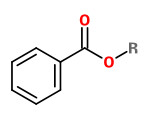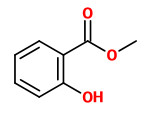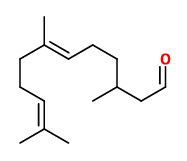Rothmannia annae (E. Wright) Keay - syn. Gardenia annae E. Wright - Rubiaceae - Wright's gardenia
Small tree, endemic to the islands of Seychelles, now restricted to Aride islands.
„The causes that led to the extinction of this species on Mahé, Silhouette, Praslin and Félicité are not fully understood. It is possible that introduced insect pests caused the rapid extinction. A similar event could drive the remaining population on Aride Island to extinction. This species is listed as Critically Endangered.“
http://www.iucnredlist.org/details/full/30513/0
„Historically, it was widespread in the islands but has been restricted to the Aride islands since the early 20th century… Its decline on most islands can be attributed to clearance of the lowland forests… The heavily scented flowers may be produced in all months, particularly after heavy rain.“
Flowers are white, sparsely or heavily deep-red spotted; white and sparsely spotted flowers are predominately male. Fruit set is only 5% of the flowers.
[Bowler, J., et al. „Conservation status and management of Wright’s gardenia Rothmannia annae.“ Phelsuma 8 (2000): 23-27] https://islandbiodiversity.com/Phelsuma%208-2.pdf
„The attractive flowers emit a rich aromatic, white-floral scent, reminiscent of aspects of orange flowers, carnation, and tuberose, which is at its peak during dusk. Of special importance to this scent are methyl benzoate (48.0%), 2-phenylacetaldehyde (1.4%), methyl salicylate (4.1%), 2-phenylethanol (15.9%), eugenol (0.02%), indole (1.6%), and (E)-2,3-dihydrofarnesal (0.1%).“
2,3-Dihydrofarnesal is found together with (Z,E)-farnesal (0.2%), (E,E)-farnesal (1.1%), and 2,3-dihydrofarnesyl acetate (0.05%).
[Kaiser, Roman. „Vanishing flora-lost chemistry: the scents of endangered plants around the world.“ Chemistry & biodiversity 1.1 (2004): 13-27] see also
[Roman Kaiser in P.Kraft, Perspectives in Flavor and Fragrance Research, 2005, 18-19]




